All of the coloring pages displayed on this page are free for personal use (view full use policy). Any brands, characters, or trademarks featured in our coloring pages are owned by their respective holders and depicted here as fan art.
Please enjoy these bear cub coloring pages!
Adorable Alaskan Brown Bear Cub Coloring Pages
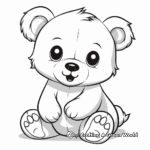
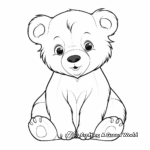
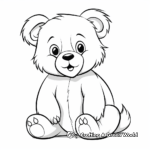
Detailed Grizzly Bear Cub Coloring Pages
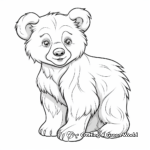
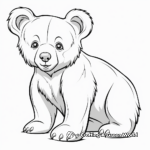


Cute Black Bear Cub Coloring Pages for Kids

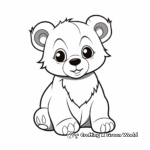

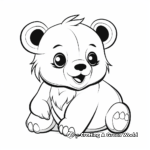
Printable Polar Bear Cub Coloring Pages

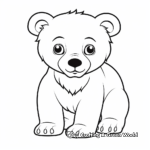


Bear Cub Coloring Pages for Artists

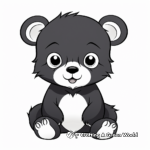
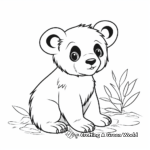
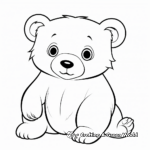
Sleeping Bear Cub: Relaxing Coloring Pages


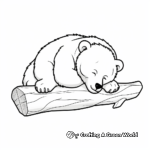
Giant Panda Bear Cub Coloring Pages



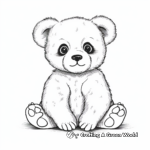
Fun Sun Bear Cub Coloring Pages for Children

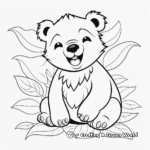
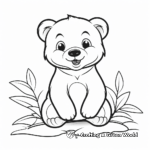

Spirit of the Arctic: Polar Bear Cub Coloring Pages




Realistic Brown Bear Cub Coloring Sheets
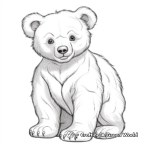
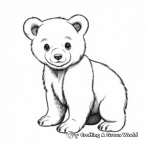
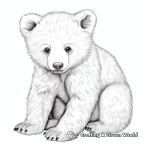
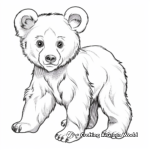
Koala Bear Cub Coloring Pages: Australian Wildlife
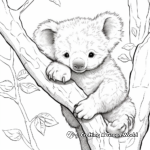



Unique Sloth Bear Cub Coloring Pages


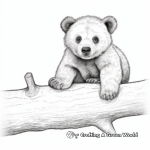
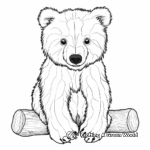
Intricate Spectacled Bear Cub Coloring Pages for Adults



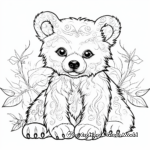
Cheerful American Black Bear Cub Coloring Pages
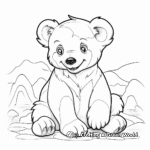

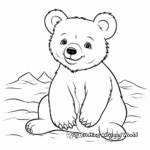

Fantasy Magic Bear Cub Coloring Pages
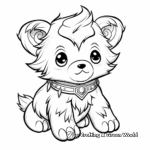

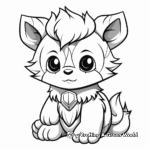
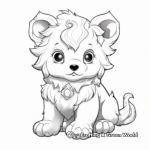
Endangered Malayan Sun Bear Cub Coloring Pages
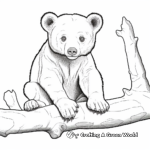


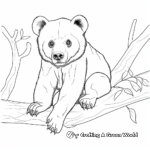
Cubs Playing: Grizzly Bear Cub Coloring Pages
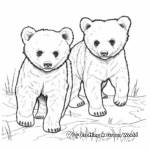


Climbing Brown Bear Cub Coloring Pages
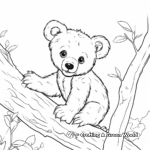

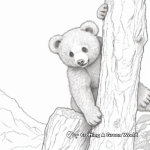
Bear Cub Family Coloring Pages: Male, Female and Cubs
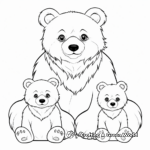
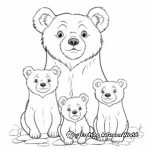
Friendly Bear Cub Meeting Other Animals Coloring Pages

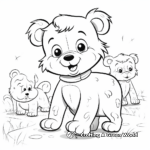


Tips For Coloring Bear Cubs
What colors should I use for a bear cub coloring page?
In order to accurately portray a bear cub, you might need to use colors such as brown or black depending on the species. However, many bear cubs are born with light fur that darkens over time. For example, a grizzly bear cub, is often depicted with light to medium brown fur whereas a black bear cub is generally pictured with darker brown to black fur. The inner parts of their ears and the area around their eyes are usually a lighter hue. Add a little pink hue for the nose and the inside of their ears.
How can I add more detail and realism to my bear cub coloring?
To add more detail and realism to your bear cub coloring, start by using a darker shade for the base and use lighter hues for highlights. For instance, leverage light browns and whites to create the fluffy appearance of fur. Adding some shading around the eyes, ears, and underbelly can contribute to a more realistic depiction.
Are there any remarkable features of bear cubs I should pay attention to while coloring?
Yes, bear cubs are very recognizable due to their small size compared to adult bears, large ears, and short snouts. Their eyes are usually dark, while the muzzle area around the nose can be lighter, especially in brown bear species. Cubs of all species have stubby claws that are not yet fully developed, so these might be fun to exaggerate in your coloring.
Can you provide some interesting facts about bear cubs that I could incorporate into my art?
Sure, bear cubs are known for their playful nature and curiosity, so you could depict them in playful poses or exploring their environment. Also, most bear cubs remain with their mother for about two years, so you might also include an image of a mother bear in the background. In terms of facts, bear cubs are born blind and weigh less than a pound at birth, developing rapidly over their first year. Incorporating elements of their natural habitat, like forest and rivers, could add context and detail to your coloring page.
[taxopress_relatedposts id="1"]About Our Coloring Pages
All of the coloring pages displayed on this page are free for personal use. You have our express permission to download, print, color, and enjoy these pages at your own leisure and convenience. Each piece of artwork on this page has been chosen to inspire creativity and make the world of coloring engaging and enjoyable for all age groups. This permission extends to small non-commercial group settings like classrooms or therapy settings - you have our permission to print these for free distribution to small groups.
This permission is granted strictly for non-commercial uses. These images can not be resold, republished, or used for commercial purposes in any form or method. You may not sell the final colored versions, or use them as design elements in a product that is sold. Please contact us for commercial licensing options.
Our priority is to support and inspire creativity among those who love to color. Please join us in honoring this purpose by adhering to these guidelines. Happy Coloring!
